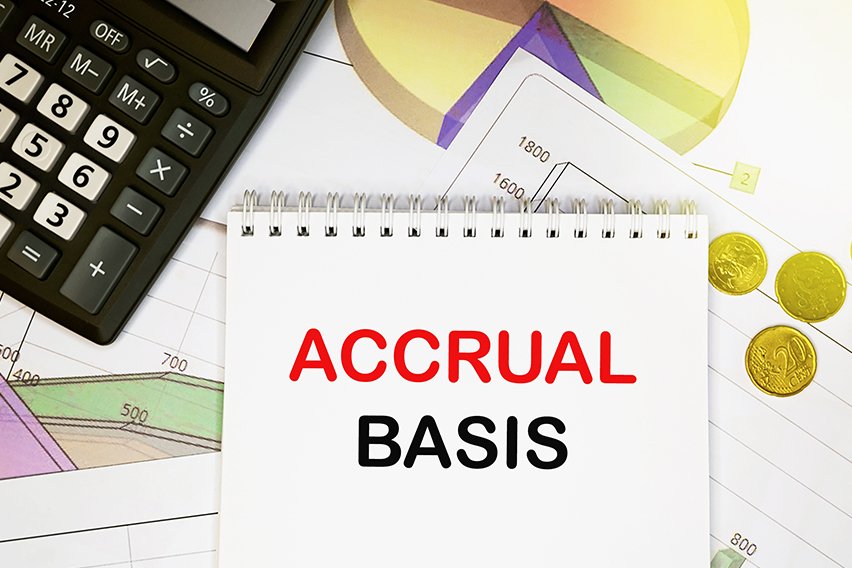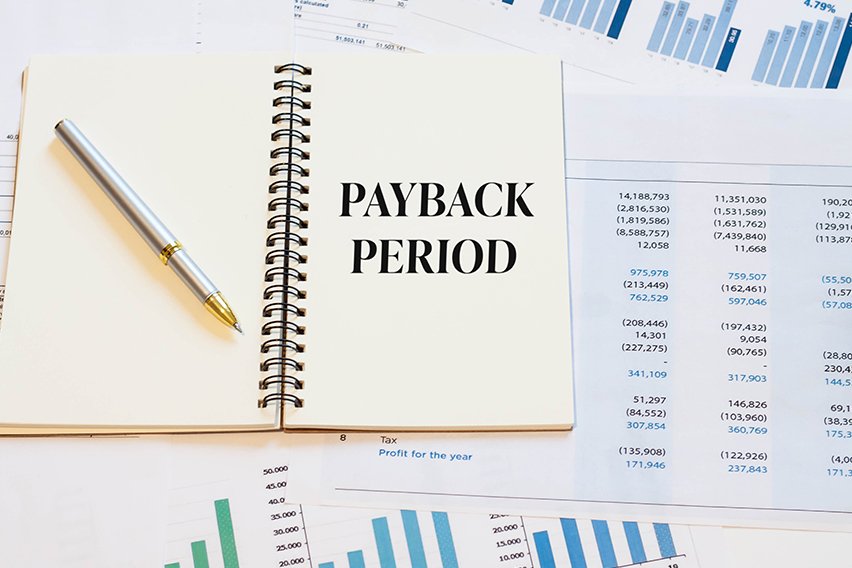What Is LIFO Method? Definition and Example

LIFO, or Last In, First Out, is an accounting system that assigns value to a business’s inventory. It assumes that newer goods are sold first and older goods are sold afterward.
In a standard inflationary economy, newer goods have a higher price, so LIFO results in a higher cost of goods sold for the business. This expense reduces their taxable income, helping businesses lower their tax bill.
We’ll explore the basics of the LIFO inventory valuation method as well as an example of how to calculate LIFO. We’ll also compare the LIFO and FIFO inventory costing methods so you can choose the right valuation system for your business.
Key Takeaways
- LIFO, or Last In, First Out, is an inventory valuation method that assumes new goods are sold first.
- LIFO accounting typically results in a higher cost of goods sold and lower remaining inventory value.
- Businesses can use the LIFO method to reduce their recorded taxable income and save on taxes.
- LIFO can be used in the United States, but may not be permissible in some other jurisdictions.
Table of Contents
- What Is LIFO?
- Why Would You Use LIFO?
- LIFO Example
- Advantages of LIFO
- Is LIFO Illegal?
- LIFO vs. FIFO
- Conclusion
- Frequently Asked Questions
What Is LIFO?
LIFO, or Last In, First Out, is a method of inventory valuation that assumes the goods most recently purchased are the first to be sold. When doing calculations for inventory costs and cost of goods sold, LIFO begins with the price of the newest purchased goods and works backward towards older inventory.
In a standard inflationary economy, the price of materials and labor used to produce a product steadily increases. This means the most recently purchased goods are bought at a higher cost than earlier goods. These price changes have implications for the cost of goods sold, inventory value, and taxable income. Since the LIFO inventory method uses the higher-priced goods first, this increases the cost of goods sold.

Why Would You Use LIFO?
The LIFO method is used in the COGS (Cost of Goods Sold) calculation when the costs of producing a product or acquiring inventory has been increasing. This may be due to inflation.
Since LIFO uses the most recent, and therefore usually the more costly goods, this results in a greater expense recorded on a company’s balance sheet. This translates to a lower gross income and therefore a lower tax liability. Should the cost increases last for some time, these savings could be significant for a business.
LIFO Example
Here is an example of a business using the LIFO method in its accounting.
Brad’s Books has placed several new product orders over November and December. The following table shows his order summary:
| Month | Amount | Price Paid |
| Nov 7 | 100 books | $18.00 per |
| Nov 21 | 100 books | $18.00 per |
| Nov 28 | 125 books | $18.25 per |
| Dec 4 | 150 books | $18.50 per |
| Dec 7 | 150 books | $19.25 per |
| Dec 15 | 150 books | $20.00 per |
Brad’s Books has sold 450 books to date, each at a price of $25.00. This gives him a total revenue of $11,250 for the last two months.
Using the LIFO method, Brad would start with his most recent unit cost of $20.00. However, he cannot apply that unit price to all 450 books sold this accounting period, because he did not pay that price for all 450. What he can do is this:
Cost of Goods Sold Calculation
| 150 books x $20.00: | $3,000.00 (using Dec 15 cost) |
| 150 books x $19.25: | $2,887.50 (using Dec 7 cost) |
| 150 books x $18.50: | $2,775.00 (using Dec 4 cost) |
| COGS Total: | $8,662.50 |
COGS Total: $8,662.50
The 450 books are now no longer considered inventory, they are considered cost of goods sold. The value of the remaining books will stay in inventory.
The LIFO method assumes that Brad is selling off his most recent inventory first. Since customers expect new novels to be circulated onto Brad’s store shelves regularly, then it is likely that Brad has been doing exactly that. In fact, the very oldest inventory of books may stay in inventory forever and never be circulated. This is a common problem with the LIFO method once a business starts using it, in that the older inventory never gets onto shelves and sold. Depending on the business, the older products may eventually become outdated or obsolete.
Under LIFO accounting purposes, using the most recent (and more expensive) costs first will reduce the company’s recorded profit but decrease Brad’s Books’ income taxes. Since gross income is calculated as revenue – cost of goods sold, Brad’s gross income for this time period using the LIFO method is $11,250 – $8,662.50 = $2,587.50.
Advantages of LIFO
There are several advantages to using the LIFO method for inventory valuation:
Lower Tax Liability
LIFO assumes the most recently purchased goods are sold first, which typically results in a higher cost of goods sold. This increases the expenses that a business can claim, reducing its overall taxable income. Using LIFO can translate to tax savings for businesses.
Current COGS Financial Information
Using the newest goods means that your cost of goods sold is closer to market value than if you were using older inventory items. When reviewing financial statements, this can help offer a clear view of how your current revenue relates to your current spending.
Customer Satisfaction
In many cases, customers prefer to have newer goods rather than older products. Particularly if you work in an industry where goods decay over time, using LIFO can ensure that customers receive fresh goods. This can help your business build positive credibility with your customer base.
Is LIFO Illegal?
LIFO is permitted to be used only in the United States, under rules set out by GAAP (Generally Accepted Accounting Principles).
GAAP sets accounting standards so that financial statements can be easily compared from company to company. This means all companies follow the same set of rules. GAAP sets standards for a wide array of topics, from assets and liabilities to foreign currency and financial statement presentation.
The LIFO method is prohibited outside the United States. Many countries, such as Canada, India and Russia are required to follow the rules set down by the IFRS (International Financial Reporting Standards) Foundation. The IFRS provides a framework for globally accepted accounting standards.
Although there are many differences between the two sets of standards, the IFRS is considered to be more ‘principles-based’, while GAAP is thought to be more ‘rules-based’.
LIFO vs. FIFO
LIFO and FIFO are both inventory valuation methods, but they use different goods first, resulting in different implications for calculating inventory value, cost of goods sold, and taxable income.
LIFO, or Last In, First Out, assumes that new goods are sold first. In contrast, FIFO, or First In, First Out, assumes that older inventory is the first to be sold. Under inflationary economics, this translates to LIFO using more expensive goods first and FIFO using the least expensive goods first.
LIFO results in a higher cost of goods sold, which translates to a lower gross income and profit. This typically means a business will pay less in taxes under the LIFO method. It also means that the remaining inventory has a lower value since it was purchased at a lower cost.
FIFO calculates a lower cost of goods sold, giving a higher gross income and profit. This can make the business look more successful and appealing to investors, but it also comes with a higher tax bill. FIFO assumes a regular inventory turnover, and the remaining inventory has a higher value compared to other inventory valuation methods.
Learn more about the difference between LIFO vs FIFO inventory valuation methods.

Conclusion
LIFO, or Last In, First Out, is a common accounting method businesses can use to assign value to their inventory. It assumes that the newest goods are sold first, which normally increases the cost of goods sold and results in a lower taxable income for the business.
FreshBooks accounting software offers a helpful way to manage business inventory, track new orders, and organize expenses. Generate spreadsheets, automate calculations, and pay vendors all from one comprehensive system. Try FreshBooks free to start streamlining your LIFO inventory management and grow your small business.
FAQs About LIFO Method
Learn more about the advantages and downsides of LIFO, as well as the types of businesses that use LIFO, with frequently asked questions about the LIFO accounting method.
What is LIFO reserve?
The LIFO reserve is the amount by which a company’s taxable income has been deferred, as compared to the FIFO method. This is because when using the LIFO method, a business realizes smaller profits and pays less taxes.
Is LIFO good or bad?
LIFO has both pros and cons for businesses. It’s good as it results in a lower recorded taxable income, giving businesses a lower tax bill. This can also be a negative for some companies, since lower reported profits may not be appealing to investors.
What is the downside to LIFO?
One downside to using the LIFO method is that older inventory may continue to sit in the warehouse unless the business sells all of its newer inventory. For goods that decay over time, like perishable items or trend-based goods, this can mean that the remaining inventory loses value.
What type of companies use LIFO?
LIFO is a popular way to manage inventory for companies that need to sell newer products first. These may be companies like fashion retailers or booksellers whose customers are interested in new trends, meaning that the business must regularly buy and sell new goods.
About the author
Kristen Slavin is a CPA with 16 years of experience, specializing in accounting, bookkeeping, and tax services for small businesses. A member of the CPA Association of BC, she also holds a Master’s Degree in Business Administration from Simon Fraser University. In her spare time, Kristen enjoys camping, hiking, and road tripping with her husband and two children. In 2022 Kristen founded K10 Accounting. The firm offers bookkeeping and accounting services for business and personal needs, as well as ERP consulting and audit assistance.
RELATED ARTICLES


 Is Accumulated Depreciation an Asset? How To Calculate It
Is Accumulated Depreciation an Asset? How To Calculate It What Are Adjusting Journal Entries?
What Are Adjusting Journal Entries? Accrual Accounting: Definition, How It Works, and Examples
Accrual Accounting: Definition, How It Works, and Examples How To Read A Balance Sheet: An Overview
How To Read A Balance Sheet: An Overview What Is a Payback Period? How Time Affects Investment Decisions
What Is a Payback Period? How Time Affects Investment Decisions What Is the Accounting Equation?
What Is the Accounting Equation?